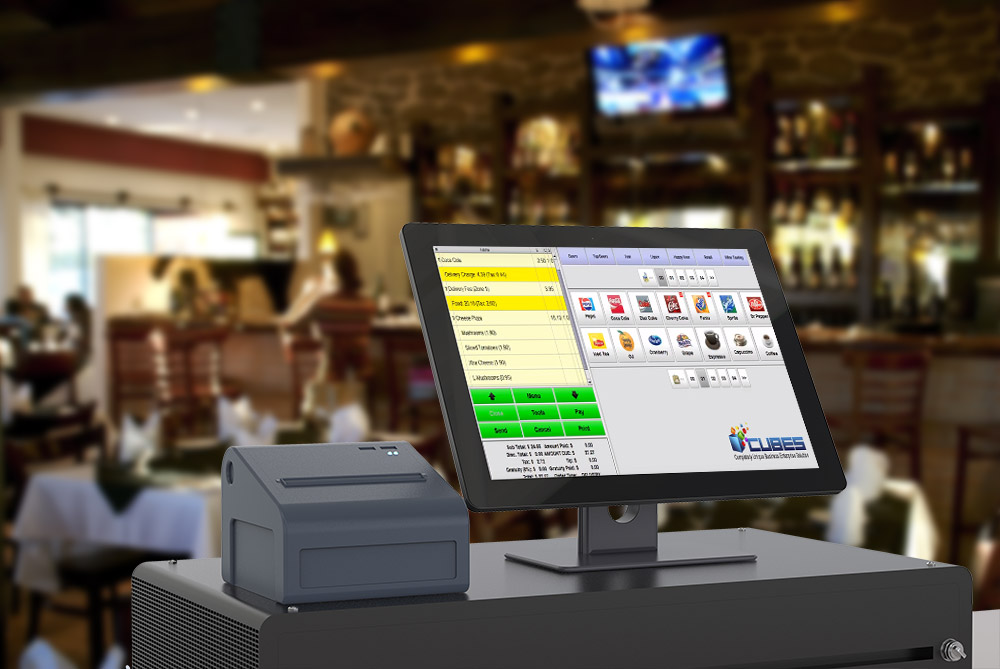Customers are tallied at a point of sale, often known as a point of purchase. The end of sale is when customers make an in-person purchase, make online purchase, approach your checkout counter, or choose an item from your stand or booth. Your firm can make such sales thanks to the technology and software in your best POS for restaurants.
How Do Points of Sale (POS) Work?
A crucial component of a point of purchase is the point of sale (POS) location a consumer completes the payment for products or services and may trigger the amount of sales taxes for best POS for restaurants. A physical sales point, where POS terminals and systems utilised to process card payments, or a virtual sales point, like a computer or portable electronic device acceptable.
Relevant Lessons
- A point of sale (POS) is location where a customer completes the payment for goods or services and may be required to pay sales taxes.
- A POS transaction can happen offline or online, and receipts can printed electronically or on paper. POS solutions powered by the cloud are rising in popularity among retailers.
- POS systems are becoming more interactive and let clients make orders, reservations, and electronic bill payments, especially in the hotel sector.

The Development of POS
POS used to solely be used to describe the location was typically a counter with a cash register where clients paid with cash for goods and services. Any POS system is online, at a self-service kiosk, through an agent’s portable device, or at a conventional register, nevertheless has payment at its core. But POS has evolved into a potent hub for financial, sales, promotional, and operational procedures since the 1970s, when the traditional cash register first coupled with computers.
The introduction of bar codes in the 1970s, graphical user interfaces in the 1980s, and online ordering in the 1990s marked technological advancements in POS systems. Using tablets and other devices technology, has disassociated the payment process from the conventional register and transformed the entire business into a POS. Consumer’s mobile payment choices in-store to a recent study called Retail in 4 Dimensions polled 60 per cent of them.
A POS system’s software components
Every POS system hardware and software element simplify and speed up how your business runs day. Understanding the many POS software solutions and what they each offer is crucial. A cloud-based POS system, often known as a hosted POS solution, differs from an on-premise (or installed) POS terminal in the following ways: Software comparison between on-premises and cloud systems. On their computer system merchant will buy, install, host, and update the software as required.

